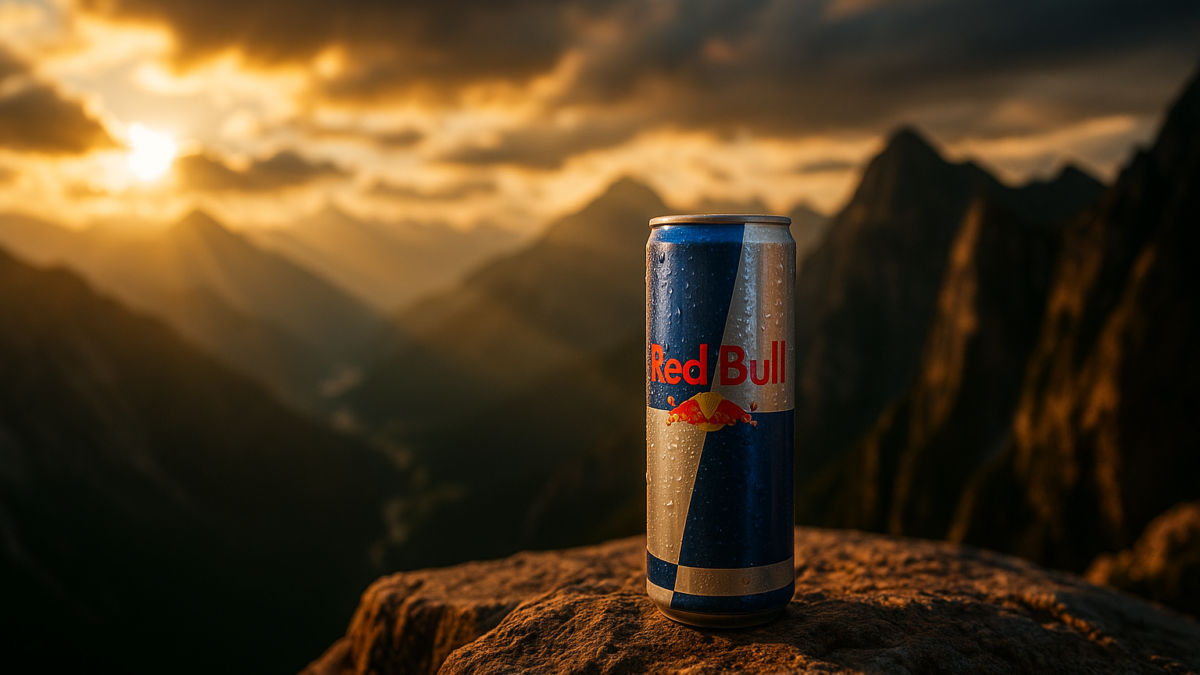How Red Bull Uses Brand Storytelling and Martech to Fuel Engagement
Table of Contents
Introduction
When most brands market a product, they sell its features. But Red Bull isn’t just selling an energy drink—it’s selling a lifestyle. Through high-octane storytelling and a smart martech stack, Red Bull has built one of the most iconic brand identities in modern marketing.
Whether it’s skydiving from space, producing extreme sports documentaries, or launching its own media house, Red Bull blurs the line between brand and publisher. It’s a masterclass in how content marketing, audience data, and emotional storytelling can turn a beverage company into a global cultural phenomenon.
Let’s break down how Red Bull fuses storytelling and martech to drive engagement, loyalty, and brand love.
TheRed Bull Content Philosophy: Story First, Product Second
Red Bull’s core strategy is content-led brand building. Instead of advertising what the drink does, Red Bull crafts immersive experiences that connect with audiences emotionally, especially Gen Z and millennials.
Key pillars of its storytelling strategy:
- Athlete-driven narratives (e.g., skateboarders, base jumpers, F1 drivers)
- Original video content via Red Bull TV, YouTube, and social media
- Real-world events like Red Bull Rampage and Flugtag
- Documentaries and mini-series exploring niche subcultures
This strategy positions Red Bull as an entertainment brand that just happens to sell a beverage. The drink is subtly embedded in high-energy stories—creating authentic, lifestyle-based branding.
Red Bull Media House: The Engine Behind the Brand
In 2007, Red Bull launched Red Bull Media House, a full-fledged content production company. Unlike traditional marketers, Red Bull owns its storytelling pipeline—from filming and editing to publishing and distribution.
What Red Bull Media House creates:
- Action sports films and competitions
- Behind-the-scenes athlete stories
- Branded entertainment series
- Licensed content for third-party platforms
- Cross-platform storytelling (TV, app, podcast, web, social)
This in-house studio model gives Red Bull complete control over tone, quality, and audience data—creating a loop of engagement that traditional ads can’t match.
Martech Behind the Scenes: Personalization & Distribution
Great content isn’t enough—it must be discovered, personalized, and distributed. That’s where Red Bull’s martech stack plays a powerful role.
Content Management & Distribution
Red Bull uses CMS platforms and DMPs (Data Management Platforms) to publish tailored content across:
- Red Bull websites by region/language
- Red Bull TV & mobile apps
- YouTube channels & OTT partners
- Email and social campaigns
Customer Data Platforms (CDPs)
Red Bull gathers first-party data through:
- Event registrations
- Loyalty programs
- Newsletter subscriptions
- Content interactions (views, shares, watch time)
This enables Red Bull to build user profiles and serve personalized content recommendations, keeping fans engaged across platforms.
See Also: AI in Entertainment: Reshaping Creativity and Storytelling
Marketing Automation & CRM
With tools like Salesforce or Adobe Experience Cloud (inferred from hiring patterns and campaigns), Red Bull likely powers:
- Lifecycle email flows based on interests (e.g., motorsports vs skateboarding)
- Triggered notifications on new content drops
- Retargeting for upcoming events or merch drops
Omnichannel Strategy: Online Meets Offline
Red Bull’s content doesn’t just live online—it seamlessly connects to physical experiences like events, festivals, races, and merchandise.
Example:
- You watch a Red Bull F1 video →
- You get an in-app notification about a local F1 viewing party →
- You scan a QR code at the event to win merch →
- Red Bull adds you to a loyalty segment for future F1 drops
This closed-loop omnichannel engagement is powered by a smart combination of martech tools and immersive branding.
Key Martech Tools (Inferred from Activity)
While Red Bull doesn’t disclose its full tech stack, evidence from job listings and partner integrations suggest tools like:
- CMS/DXP: WordPress VIP, Contentful
- CDP: Segment or Tealium
- CRM/Email: Salesforce Marketing Cloud
- Analytics: Google Analytics 4, Hotjar, Mixpanel
- Social Listening: Brandwatch or Sprinklr
- Streaming/App Delivery: Red Bull TV platform with analytics
These tools allow Red Bull to analyze audience behavior, segment users, and automate campaigns with precision.
Global Reach, Local Flavor
Red Bull tailors content by region to align with local culture and interests.
Examples include:
- Featuring local athletes from specific countries
- Translating Red Bull TV shows for regional audiences
- Running country-specific competitions and challenges
- Collaborating with local influencers and creators
Their localization + brand consistency balance is a masterstroke in global martech execution.
Iconic Campaigns That Prove the Model Works
Red Bull Stratos (2012)
Felix Baumgartner’s record-breaking skydive from space generated:
- 52 million YouTube views in one day
- Billions of impressions across news and social
- Unmatched global attention for months
Red Bull Soapbox Races
- Brings real-life user-generated creativity to life
- Footage used across YouTube and social channels
- Engages community + drives earned media
Red Bull Racing (F1)
- Owns one of the most-watched Formula 1 teams
- Taps into global sports fans via episodic and real-time content
- Converts fans into lifestyle buyers through merch, content, and drinks
What Brands Can Learn from Red Bull
Whether you’re in CPG, SaaS, or services—Red Bull’s strategy offers timeless takeaways:
- Be a publisher, not just a brand
- Use content as the product when possible
- Leverage martech to personalize and amplify stories
- Own your distribution channels (apps, platforms, CRM)
- Create emotionally rich, community-driven content
CTA
Ready to power your brand with Red Bull-style storytelling and martech?
Explore iTMunch’s insights on how brands are blending content, data, and emotion to drive next-gen engagement.





